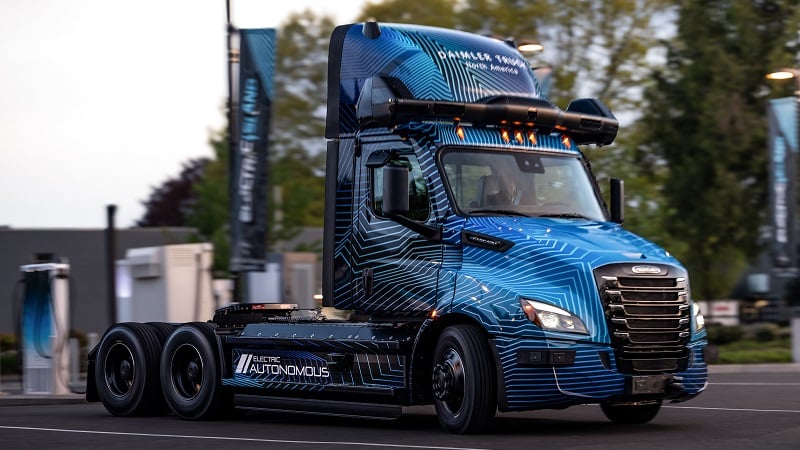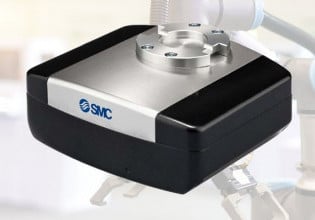Autonomous for The Long Haul | Updates From Daimler, Scania, and Volvo
Recent updates in driverless trucking technology pursue a simple yet lofty goal: hauling materials safely and efficiently while reducing the strain on our dwindling surplus of qualified CDL holders.
Across the globe, trucks can be found hauling materials down the highways, through busy cities, and between material processing facilities. Recent updates from several major manufacturers, including Daimler, Scania, and Volvo, continue to exemplify advancements in electrification and autonomous technologies, working together to deliver goods from the first to the last mile.
Daimler’s Freightliner eCascadia
Most of the time, autonomous passenger cars and taxi services enjoy the public's attention, and for good reason. We interact directly with passenger cars virtually every day. While commercial trucks are a bit of an ever-present afterthought, they are so important to the comforts we enjoy in our lives.
Industry leader Daimler Truck North America has added autonomous technology to the proven battery-powered drivetrain base of the Freightliner eCascadia, ushering in the combination of both electric and autonomous technology.

The new autonomous Freightliner eCascadia from Daimler Truck North America. Image used courtesy of Daimler Truck
Various sensors are used to scan the roadways, including lidar, radar, and visual cameras. The broad spectrum of vision technology reduces the possible errors in detection, errors known to plague simple vision systems used throughout industrial automation. The critical difference in this application is the safety of motorists sharing the roadway.
Scania’s Heavy Tipper for Mining
Long-haul trucking, while necessary for the delivery of goods, is far from being considered the ‘most’ important element of commercial transportation. In the mining industry, huge excavators and dump trucks haul many tons of material short distances from the mine to the refining center.
Scania, a company with design experience in both manned and unmanned vehicles, has been working with mining operations to develop an autonomous package for 40-metric-ton tipper haulers (and plans for a 50-metric-ton model) to improve efficiency in the transport of raw materials.

Scania has developed a heavy load hauler for mining transportation. Image used courtesy of Scania
These trucks are initially targeted at the Australian mining market, with sales just opening for the region. Future plans predict expansion into Latin America. No matter the region, mining presents specific challenges in the harsh operating environments and the extremely heavy load demands, all of which were extensively tested by a close collaboration between Scania and mining R&D teams.
Volvo and Aurora’s Autonomous Launch
Autonomous driving is really a combination of three important elements. First, the vehicle base with a battery or gas/diesel powered drivetrain. Second, the necessary sensing and I/O hardware packages that gain information about driving conditions to provide proper acceleration or braking commands. Finally, these two systems cannot operate together without an advanced software package tying the controllers, I/O devices, and communication technologies into a single system.
Because of this complexity, many trucking companies rely on automation software experts to design elements of the autonomous vehicle package. Volvo has partnered with Aurora Innovation to launch the first iteration of a production-ready autonomous truck.

The new Volvo VNL Autonomous was created alongside driving technology from Aurora Innovation. Image used courtesy of Volvo
The VNL Autonomous from Volvo was announced at the ACT Expo, held in May in Las Vegas. Several themes were echoed from most other unmanned vehicle projects, including safety, redundancy, and efficiency. Lacking any of those elements would yield a product unsuitable for the roadways. Volvo is committed to driving progress and innovation, clearly illustrated by the launch of the new VNL.
Opportunities for Transportation Automation
Trucking poses a number of unique challenges for automation, but it’s also a field ripe for solutions. The growing shortage of qualified truck drivers is exacerbated by society’s growing demand for consumable goods that must be delivered promptly and safely. Autonomous driving technology might not solve all of these problems right away, but it’s a step in the right direction for those of us who enjoy basic and luxury comforts and, perhaps more importantly, expanding access to those in need around the globe.






